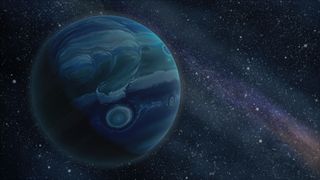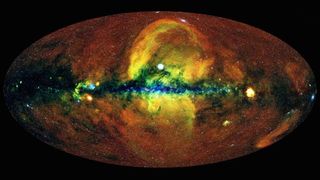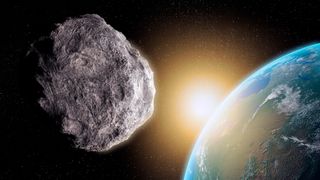Space news, features and articles
Explore Space
Editor's Picks
Latest about Space
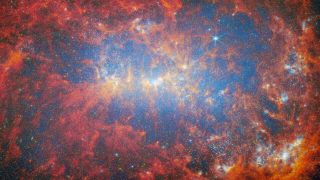
What is the universe expanding into if it's already infinite?
By Nicole Granucci published
The universe is constantly expanding, but how do scientists think about what it's expanding into?
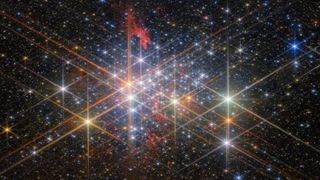
James Webb telescope confirms we have no idea why the universe is growing the way it is
By Ben Turner published
A dense cluster of bright stars, each with six large and two small diffraction spikes, due to the telescope’s optics.
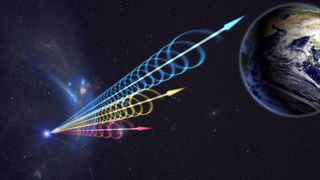
Mysterious fast radio bursts could be caused by asteroids slamming into dead stars
By Robert Lea published
An asteroid hitting a neutron star could release enough energy to power humanity for 100 million years, more than enough to explain fast radio bursts.
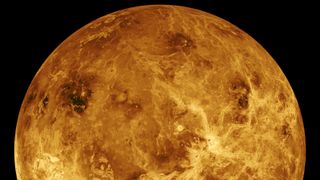
Did Venus ever have oceans to support life, or was it 'born hot'?
By Robert Lea published
"We would have loved to find that Venus was once a planet much closer to our own, so it’s kind of sad in a way to find out that it wasn't."
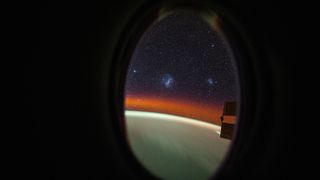
Space photo of the week: Astronaut spots 2 nearby galaxies from SpaceX capsule
By Jamie Carter published
NASA astronaut Don Pettit imaged the Large and Small Magellanic Clouds as the International Space Station cruised 260 miles above the Pacific Ocean.
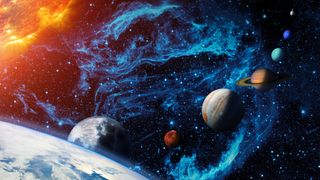
Solar system quiz: How well do you know our cosmic neighborhood?
By Ian Stokes published
Quiz Test your knowledge on our solar system, from the biggest and smallest planets to the behemoth mountain on Mars.
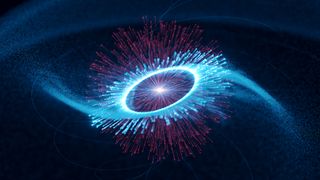
Destroyed observatory helped SETI unlock the secrets of 'cosmic lighthouses' powered by dead stars
By Robert Lea published
"Even years after the Arecibo Observatory's collapse, its data continues to unlock critical information that can advance our understanding of the galaxy."
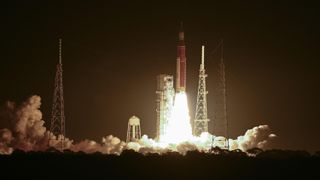
NASA delays historic Artemis missions — yet again
By Ben Turner published
The Space Launch System blasts off from its Florida launchpad.
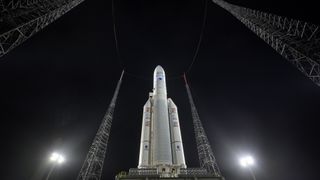
'Eight billion bucks or bust': From pirates to 'stupid mistakes' — the wild story of how James Webb Space Telescope almost failed to launch
By Richard Panek published
"Budget overruns, bureaucratic malfeasance, congressional oversight, review-board reckonings, the whole process of rethinking how to test a space telescope from the ground up: Webb had survived them all. One other factor, however, continued to create havoc with the budget and the launch timeline deep into the 2010s — what Menzel called 'stupid mistakes.'"
Sign up for the Live Science daily newsletter now
Get the world’s most fascinating discoveries delivered straight to your inbox.
